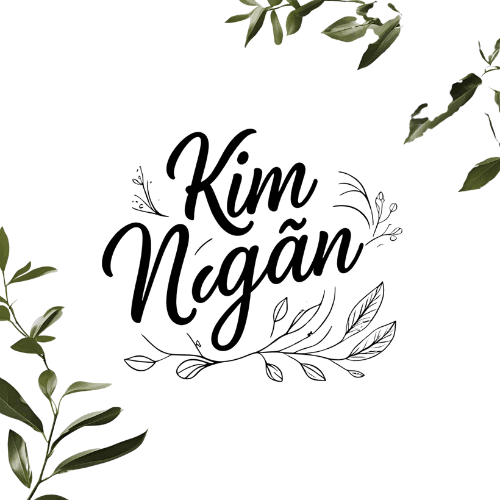🇨🇳 Sichuan – Where Spice Meets Spirit, and Pandas Roam Through Misty Hills
🇨🇳 Sichuan – Where Spice Meets Spirit, and Pandas Roam Through Misty Hills
There are places that feed the body. Others feed the soul. And then there’s Sichuan—a province that does both, with fiery passion and ancient calm, in a way only Sichuan can.
Here, the air smells like chili oil and temple incense. Here, tea flows slowly, but time seems to stop altogether. And somewhere between a back-alley hotpot and a silent Buddhist monastery, you realize you’re not just traveling—you’re transforming.
Welcome to Sichuan: home of spice, spirit, and stillness in motion.
1. Why Sichuan? – A Province of Contrasts and Harmony
Sichuan is where:
- The Giant Panda lives, not just in reserves, but in the rhythm of local identity
- Some of China’s boldest flavors meet the country’s most meditative landscapes
- Daoism and Buddhism breathe through mountains, temples, and people
- Life moves slow, even in fast cities—because what’s the rush when the tea is this good?
From peppercorns to prayer flags, Sichuan invites you to feel everything.
2. Best Places to Visit in Sichuan
🐼 Chengdu – The Lazy Heart of Sichuan
Sip tea at People’s Park, where matchmaking notices hang under bamboo
Visit the Giant Panda Research Base in the early morning for panda breakfasts
Wander through Jinli Ancient Street or hide away in a teahouse for hours
Stay in Kuanzhai Alley area for charm, food, and heritage
🔥 Leshan & Mount Emei – Spirit in Stone and Sky
Gaze up at the Leshan Giant Buddha, carved into a cliff since the Tang dynasty
Hike (or cable up) Mount Emei, one of China’s four sacred Buddhist peaks
Stay overnight in a monastery guesthouse, where monks chant at dawn
🌄 Jiuzhaigou Valley – Where Nature Paints with Light
A UNESCO World Heritage Site of turquoise lakes, mirror-clear waterfalls, and silent pine forests
Visit in autumn for gold-red reflections; in winter for icy serenity
🏯 Daocheng Yading – The Last Shangri-La
Remote, wild, and sacred—a Tibetan plateau ringed by snow peaks and glacial rivers
Trek around the Three Holy Mountains, sacred to Tibetan Buddhists
Not for the rushed traveler. For the soul-led wanderer.
3. Cultural Highlights – Where Identity Runs Deep
Sichuan Opera & Face-Changing (变脸): A magical performance of masks and mystery
Tea Culture: Teahouses aren’t cafés—they’re living rooms of the public. Stay, play cards, watch life unfold
Temple Stays: At Emei or Qingcheng mountains, you can sleep under tiled roofs where silence has sound
🧘 Sichuan teaches you to feel stillness in the middle of sensation.
4. Cuisine – Bold, Fiery, and Surprisingly Poetic
This is the birthplace of:
Mapo Tofu – numbing, savory, spicy
Chongqing Hotpot – a bubbling cauldron of chaos and flavor
Kung Pao Chicken, Dan Dan Noodles, and countless chili-laced legends
But also:
Sweet winter melon soups
Herbal duck broths
Fragrant wild mushrooms from mountain villages
🌶️ Sichuan cuisine isn’t just spicy—it’s dimensional. Every bite tells a story.
5. Travel Tips for Sichuan
Best time to visit: March–June or Sept–November (avoid July–August for floods & crowds)
Getting there: Fly into Chengdu—a major international hub
Language: Locals speak with a strong dialect; translation apps essential outside cities
Altitude note: Jiuzhaigou and Daocheng Yading are high-elevation—plan rest days
6. For the Slow Traveler – How to Feel More in Sichuan
Spend an entire day at one teahouse. Just watch. Listen. Think less.
Walk through Wenshu Monastery at sunrise
Sit with locals in the park and let conversation come without words
Follow the scent of something cooking until you find the source
🫖 Here, even doing nothing feels meaningful.
Final Thoughts – When Fire Meets Flow
Sichuan doesn’t ask you to choose between stimulation and serenity. It gives you both—fire and quiet, pepper and prayer, pandas and poetry.
It’s a place that makes you feel more alive not by showing you more, but by reminding you to slow down enough to taste it.
With warmth,
Kim Ngân – storyteller & slow traveler
